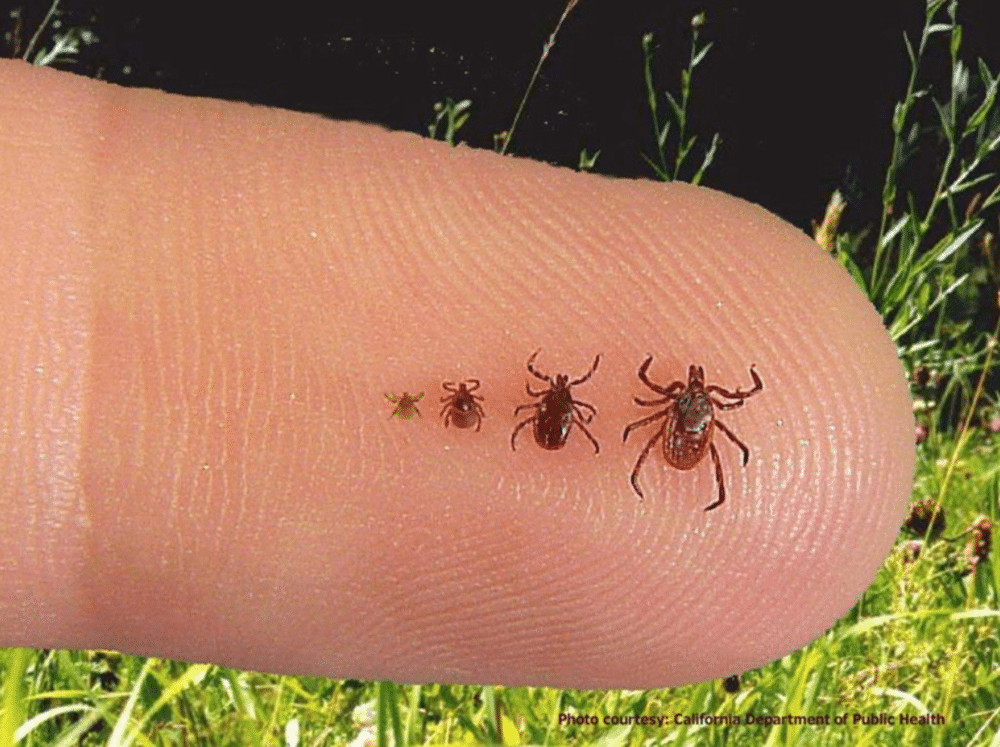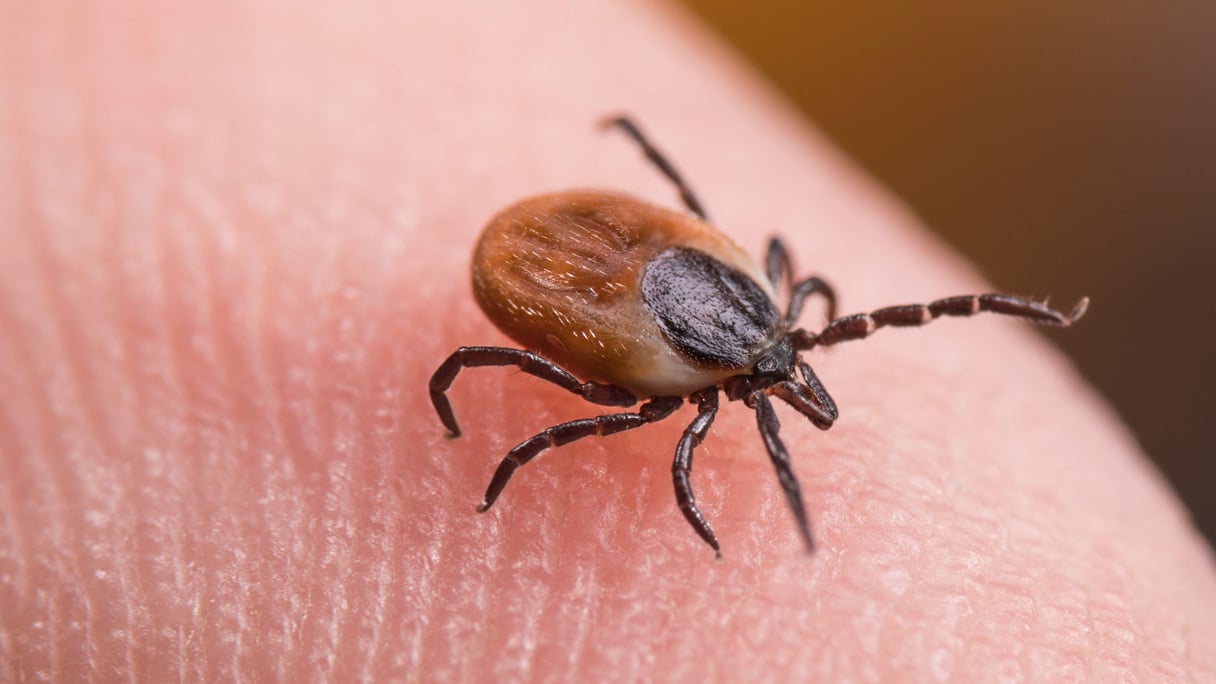Ticks are more than a nuisance, they can transmit serious illnesses to humans and pets. They thrive in grassy, wooded, and shaded areas, making certain parts of your backyard prime spots for activity. Reducing tick risk in your outdoor spaces requires an integrated approach that addresses habitat management, personal safety, and consistent monitoring.
By applying preventive measures throughout the year, homeowners can significantly lower the chances of encountering ticks and keep their outdoor environments safer for family and visitors.

Understanding Tick Habitats in Your Yard
Knowing where ticks are most likely to be found is the first step toward effective prevention. They prefer areas with high humidity and shelter from direct sunlight, which helps them avoid drying out. Common backyard locations include:
- Tall grass and overgrown vegetation: Ticks use these areas to wait for passing hosts.
- Leaf litter and yard debris: Moist, shaded spots protect them from heat and predators.
- Edges of wooded areas: The transition zones between lawns and trees often have higher tick populations.
- Shaded ornamental plantings: Dense shrubs and ground cover create microclimates that ticks favor.
Many of these areas are discussed in greater detail in this guide on lesser-known hiding spots, which highlights how ticks can thrive in unexpected parts of your yard.
Landscape Maintenance to Deter Ticks
Simple changes to your landscaping can dramatically reduce tick habitats and make your backyard less inviting for them.
- Mow grass regularly: Keeping grass short reduces shade and makes it harder for ticks to find shelter.
- Trim shrubs and trees: Increase sunlight penetration to dry out potential tick zones.
- Clear leaf litter: Rake and remove debris to limit hiding places.
- Create barriers: Use wood chips or gravel between lawns and wooded areas to reduce tick migration.
- Store firewood properly: Keep stacks in dry, sunny spots away from common play or relaxation areas.
Consistent yard maintenance not only disrupts tick habitats but also improves the overall appearance and usability of your outdoor space.
Protecting Pets from Tick Exposure
Pets, especially dogs and outdoor cats, are among the most frequent carriers of ticks into the home. Because they roam through grassy, wooded, or shaded areas, they can easily pick up ticks that later transfer to humans. A proactive approach is necessary to protect pets from these parasites and to prevent infestations inside the house.
Ticks can transmit diseases such as Lyme disease, ehrlichiosis, and anaplasmosis to animals, which can lead to serious health complications if left untreated. Pet owners should work closely with veterinarians to develop a prevention plan tailored to their pet’s lifestyle and exposure risks. Seasonal awareness is also important, as tick activity tends to peak during warmer months but can still occur year-round in milder climates.
To safeguard pets from tick bites, follow these best practices:
- Regular grooming checks: Inspect pets after outdoor activities, paying close attention to hidden spots such as around the ears, under the collar, and between toes.
- Use veterinarian-recommended preventives: Choose from topical treatments, medicated collars, or oral preventives to repel or kill ticks before they can attach.
- Design pet-safe zones: Create outdoor areas with minimal vegetation and shaded cover to reduce contact with tick habitats.
- Maintain outdoor kennels: Keep enclosures clean, dry, and free of debris to eliminate possible tick hiding places.
By combining habitat control, regular inspections, and preventive medications, you can significantly reduce your pet’s risk of tick exposure and protect the entire household.
Personal Protection and Awareness
Even with a well-maintained yard, personal protective measures are still important when spending time outdoors.
- Dress strategically: Wear light-colored clothing to spot ticks more easily and tuck pants into socks or boots.
- Use repellents: Apply EPA-approved repellents to clothing and exposed skin when in higher-risk areas.
- Stay on clear paths: Avoid brushing against tall grass or dense vegetation.
- Shower after outdoor activities: Showering within two hours can help remove ticks before they attach.
Awareness of tick behavior is critical for prevention. This resource on the dangers of ticks offers valuable information on the health threats they pose and why early removal is essential.
The Value of Professional Tick Control
While regular yard maintenance and personal protective measures are effective first steps, professional tick control services offer a level of expertise and precision that is difficult to match with DIY methods. Pest control specialists have the training to identify high-risk areas, determine the specific tick species present, and implement targeted treatments that disrupt the tick life cycle.
Professional services typically begin with a thorough property inspection to locate breeding sites, hidden habitats, and high-traffic animal zones. From there, integrated pest management (IPM) techniques are applied, often combining habitat modification, barrier treatments, and larvicide applications for long-term suppression. These treatments are strategically timed throughout the season to maximize effectiveness and reduce future infestations.
Benefits of professional tick control include:
- Accurate identification and treatment: Ensures the correct control method is used for the species on your property.
- Targeted applications: Minimizes chemical use by focusing treatments where ticks are most active.
- Seasonal prevention plans: Maintain a protective barrier during peak tick activity periods.
- Expert advice: Provides guidance on landscaping and pet protection to support ongoing prevention.
Engaging professionals not only helps keep your yard safe but also offers peace of mind, knowing that proven, science-based methods are in place to protect your family, pets, and visitors from tick-borne health risks.
Keep Ticks Out of Your Backyard for Good
Protect your loved ones from the dangers of ticks with a prevention plan that works. Contact Prevent Pests for expert solutions to make your outdoor spaces safer year-round.

